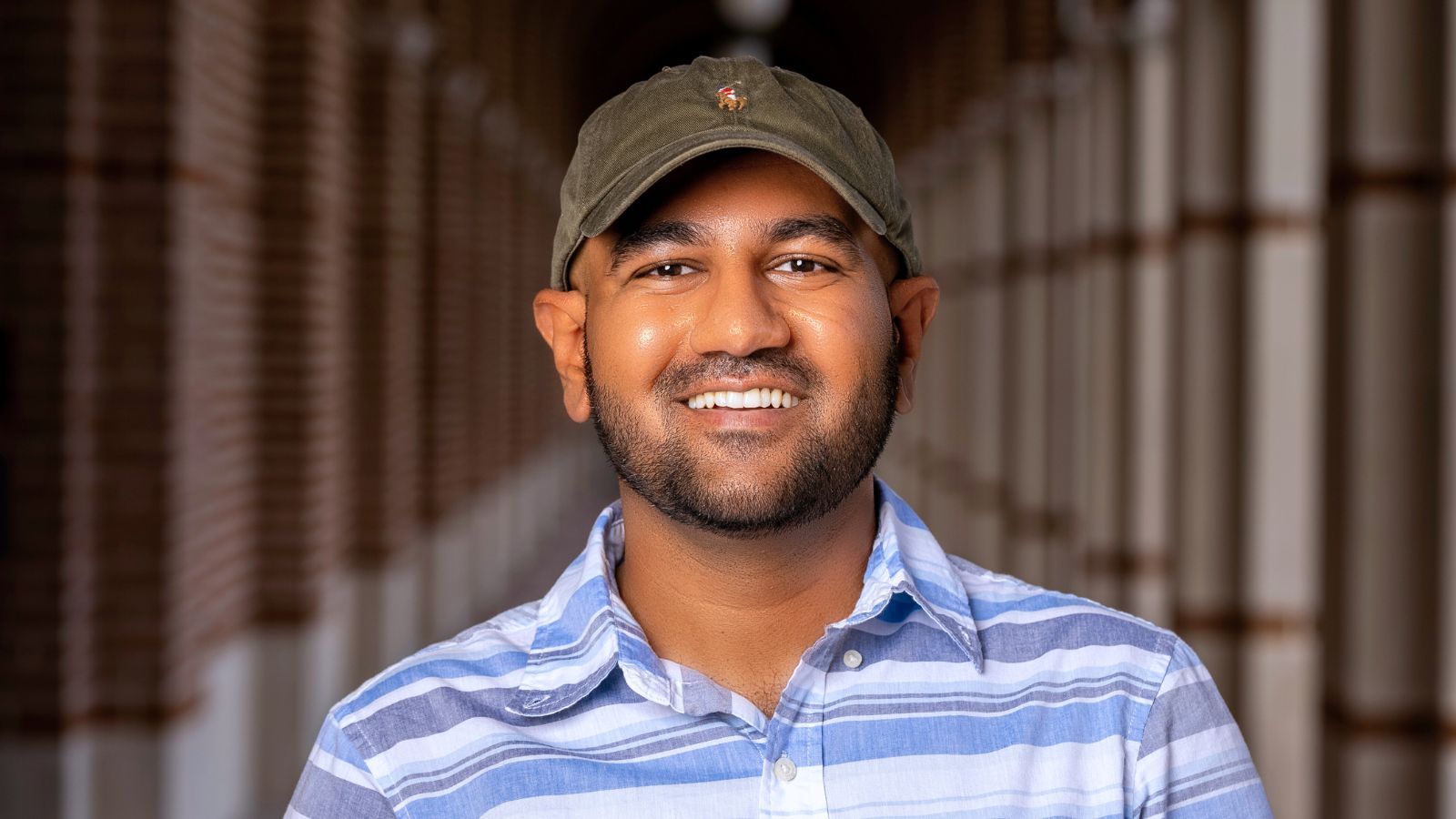On November 12, 2023, supercomputing scientists, engineers, and researchers from around the world will gather in Denver, Colorado for SC 2023. During the conference, Rice University Assistant Professor of Computer Science Tirthak Patel is presenting new quantum computing research that has been nominated with only five other submissions as the best paper of the conference.
Before explaining his most recent research, Patel offered a primer in quantum computing technology. He said, “Today, the most widely used technology in quantum computing is the superconducting qubit which is built using electrical circuits compatible with traditional manufacturing technology. But there is an alternate qubit technology based on neutral atoms that offers several advantages over superconducting qubit technology.”
Neutral atom qubit technology
The opportunity to tap into neutral atoms is relatively recent, building on work by PASQAL co-founder Alain Aspect that led to his 2022 Nobel Prize in Physics. As noted in the PASQAL article, Aspect developed an “innovative method to cool down atoms to immobilize and manipulate them with lasers.” The manipulation of neutral atoms without traditional hardwire connections intrigued Patel and led to the technique he and his collaborators call GRAPHINE: Enhanced Neutral Atom Quantum Computing using Application-Specific Rydberg Atom Arrangement.
Patel said, “Neutral atom quantum computers offer the ability to interact over longer distances because the qubit connections are not hardwired. They also have the ability to perform gates that involve more than two qubits. The property that GRAPHINE makes use of involves the ability to arrange the qubits, which are the neutral atoms, into arbitrary customizable layouts.”
Quantum gates can manipulate qubits
‘Gates’ in this case refer to fundamental operations that can be applied to quantum bits (qubits). Similar to automatic garage doors that can be activated from their owner’s vehicle, these gates can be programmed and manipulated remotely.
“Think of qubits as the basic building blocks of quantum computers, similar to bits in classical computers,” explained Patel. “Quantum gates are tools that allow you to manipulate the state of qubits. They can change the qubit’s properties, like its orientation or probability of being in a particular state.
“The two main types of gates discussed in our paper are U3 gates and CZ gates. U3 gates are like tools that adjust the qubit’s properties and CZ gates are used to make qubits interact or become entangled with each other.”
GRAPHINE leverages this flexibility, using gates to arrange and rearrange qubits in neutral atom quantum computers, and designs specific topologies that improve the performance of quantum algorithms. This optimization can lead to fewer errors and faster quantum computations, making neutral atom quantum compute technology more practical and powerful.
Quantum topologies explained
“One particular advantage we explore with GRAPHINE is the neutral atom characteristic that allows us to arrange the qubits in different topologies by customizing atom layouts,” Patel said. “In our paper, ‘topologies’ refers to how qubits are physically arranged and connected in a quantum computer. Think of it as the layout or structure of the qubits within the quantum computer.
“Imagine arranging a group of qubits on a board. The way they are placed and connected — like connecting wires in a circuit — is the ‘topology.’ Different topologies can affect how efficiently a quantum computer performs calculations. Some topologies may be better suited for certain types of quantum algorithms than others. Thus, topologies are crucial because they determine how efficiently quantum gates can be applied to qubits and optimizing them can lead to faster and more accurate quantum computations.”
Algorithm-specific topologies
The opportunity to rearrange qubits in neutral atom technology purposely aligns with GRAPHINE’s algorithm-specific topologies for quantum computers. Patel said their algorithm-specific topologies offer distinct advantages over classic algorithm-agnostic topologies by customizing the physical arrangement of qubits and quantum gates to match the unique requirements of a particular quantum algorithm in terms of its code structure.
“These tailored topologies optimize efficiency, reduce the probability of errors, and improve resource utilization. By aligning the connectivity patterns and gate placements with the algorithm’s characteristics, algorithm-specific topologies enhance overall performance, making quantum computations faster and more accurate on near-term quantum hardware,” he said.
The GRAPHINE co-authors are among the first researchers to leverage the flexibility of neutral atom quantum computing technology, an approach that enables GRAPHINE to reduce key overhead metrics –like the number of gates and pulses — by up to 56% and the probability of error by up to 42% over the more widely used topology designs.
“Our work has also been awarded all three reproducibility badges as part of ACM’s reproducibility initiative: artifacts available, artifacts evaluated-functional, and results reproduced. They signify that all software and data related to GRAPHINE are open-sourced and have been used to reproduce the results successfully,” said Patel.
“With GRAPHINE, we created a technique to customize application-specific qubit topologies for neutral atom quantum computers. Our design is rooted in analyzing the structural characteristics of quantum algorithms and optimizing qubit positions and interaction radius accordingly. To the best of our knowledge, GRAPHINE is one of the first works to present a case for customizing qubit topologies."

